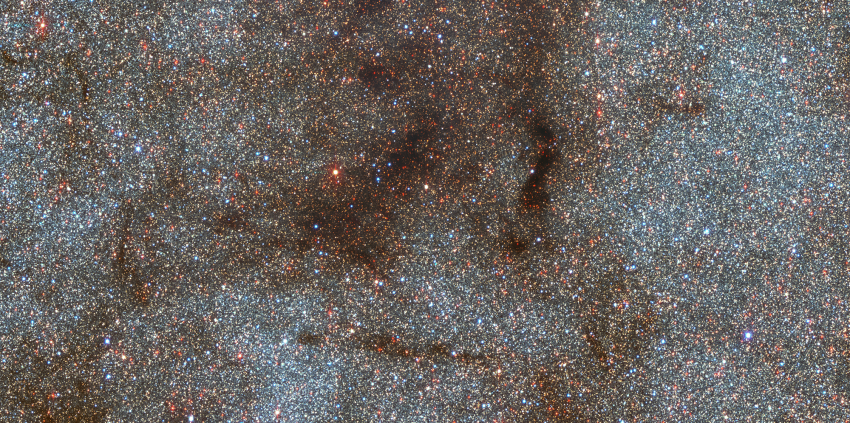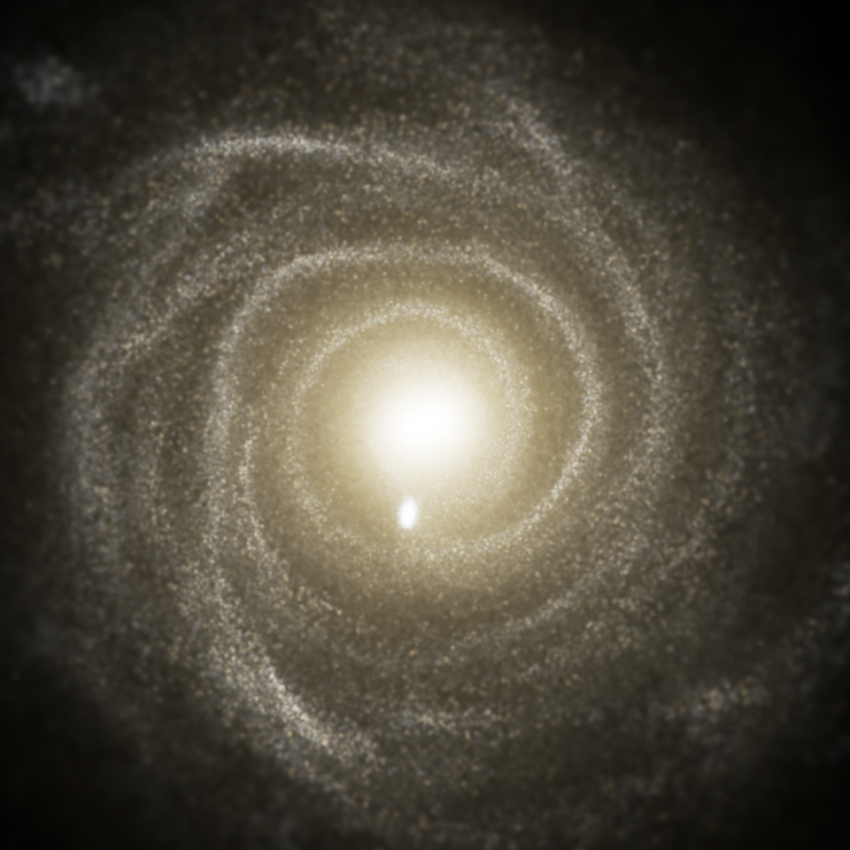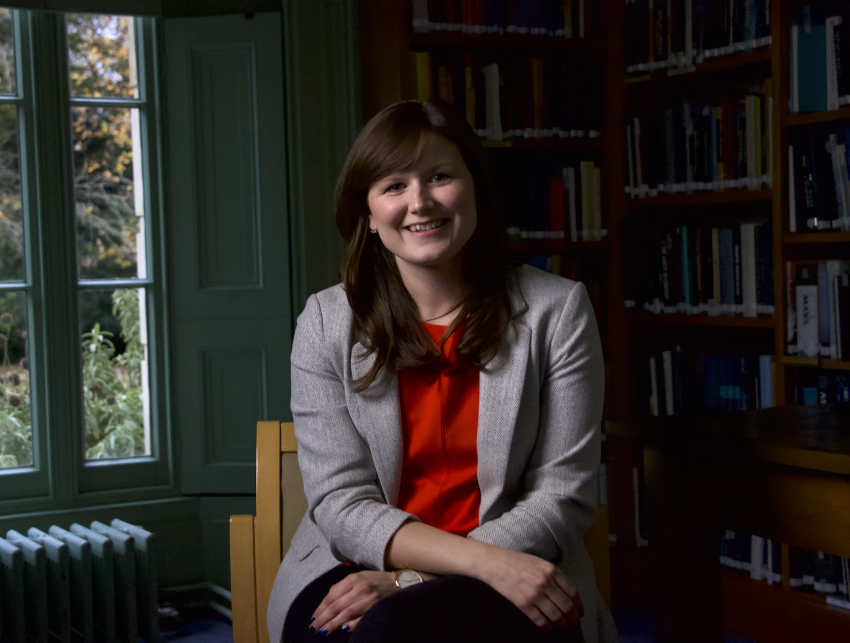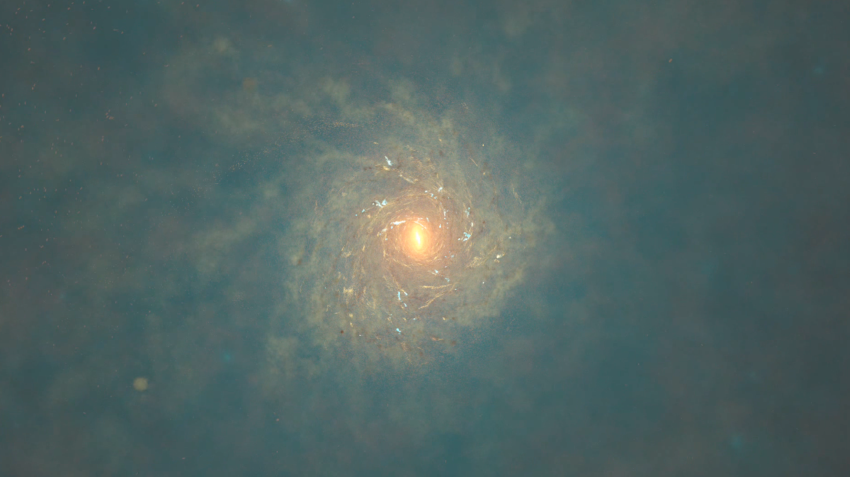Search
… Dr Mike Walmsley of the University of Manchester and the Galaxy Zoo collaboration will present the new work, describing how … leaving tell-tale markers that volunteers search for on the Galaxy Zoo website. But understanding exactly which cosmic …
Images of 35 of the ring galaxies newly discovered by the Galaxy Zoo volunteers and the Zoobot.
Mike Walmsley / Galaxy Zoo collaboration
Licence type
News & Press
… of volunteers have helped to overturn almost a century of galaxy classification, in a new study using data from the longstanding Galaxy Zoo project. The new investigation, published in the …
Spiral structure in the Pinwheel Galaxy (Messier 101), as observed by the Hubble Space Telescope.
NASA, ESA, CXC, SSC, and STScI
Licence type
News & Press
… find stars instead sprinting inwards – perhaps from another galaxy. The study is published in the journal Monthly … the Royal Astronomical Society . Stars circle around our galaxy at hundreds of kilometres per second, and their … Marchetti. “These could be stars from another galaxy, zooming right through the Milky Way.” It is possible that …
News & Press
… New research has found that the majority of stars in our galaxy’s central bulge formed in a single burst of star … Notices of the Royal Astronomical Society . Our Milky Way galaxy is shaped like two fried eggs glued back-to-back: a … Images, videos and captions This video zooms into a view of the centre of our Milky Way galaxy, …
Image looking towards the centre of the Milky Way galaxy, taken with the Dark Energy Camera on the Victor M. Blanco 4-meter Telescope at the Cerro-Tololo Inter-American Observatory in Chile. The image covers 0.5 by 0.25 degrees on the sky (an area about twice as wide as the full Moon) and contains over 180,000 stars, capturing a portion of our galaxy about 220 by 110 light-years across.
CTIO / NOIRLab / NSF / AURA / STScI, W. Clarkson (UM-Dearborn), C. Johnson (STScI), and M. Rich (UCLA)
Licence type
News & Press
… a Universe in a box – with the computational resolution of “zoom” simulations, at a level of detail that had previously … explains: “In practice, TNG50 shows that our own Milky Way galaxy with its thin disc is at the height of galaxy fashion: over the past 10 billion years, at least …
Image of the optical light emitted by the stars of a spiral galaxy from the TNG50 simulation.
D. Nelson (MPA) and the IllustrisTNG team
Licence type
News & Press
… of galaxies in the Universe, using large datasets such as Galaxy Zoo and the Sloan Digital Sky Survey . As well as … black holes grow due to processes internal to a galaxy, but we still don’t understand how that happens yet! …
News & Press
… of galaxies in the Universe, using large datasets such as Galaxy Zoo and the Sloan Digital Sky Survey . She demonstrated that … and is entitled “Supermassive Black Holes: The Ultimate Galaxy Killers?” Notes for editors The William Herschel …
News & Press
… stars were formed in the history of the Milky Way, the galaxy we live in. The team found that most gold-rich stars … Origin of highly r-process-enhanced stars in a cosmological zoom-in simulation of a Milky Way-like galaxy ’, Hirai et al. , published in Monthly Notices of the …
The simulated Milky Way-like galaxy at present taken from the simulation produced in the study.
Simulation: Takayuki Saitoh (Kobe University/Tokyo Tech ELSI), Visualization: Takaaki Takeda (VASA Entertainment Co. Ltd.)
Licence type
News & Press
… EPQ . Anyone can take part in some citizen science such as Galaxy Zoo . There are many other ways you can get involved, and … listed below: How to participate in astronomy projects 2dF galaxy redshift survey 2dF quasar redshift survey 2MASS The …
Outreach Articles
… resolution elements (particles with the mass of a small galaxy) in a cubic volume with edges of ten billion light … hydrodynamical simulations for large-scale structure and galaxy cluster surveys ”, J. Schaye et al., Monthly Notices … of neutrinos. The insets show three consecutive zooms centred on the most massive cluster of galaxies; in …
The background image shows the present-day distribution of matter in a slice through the largest FLAMINGO simulation, which is a cubic volume of 2.8 Gpc (9.1 billion light years) on a side. The luminosity of the background image gives the present-day distribution of dark matter, while the colour encodes the distribution of neutrinos. The insets show three consecutive zooms centred on the most massive cluster of galaxies; in order, these show the gas temperature, the dark matter density, and a virtual X-ray observation (from Figure 1 from Schaye et al. 2023).
Josh Borrow, the FLAMINGO team and the Virgo Consortium
Licence type
News & Press









